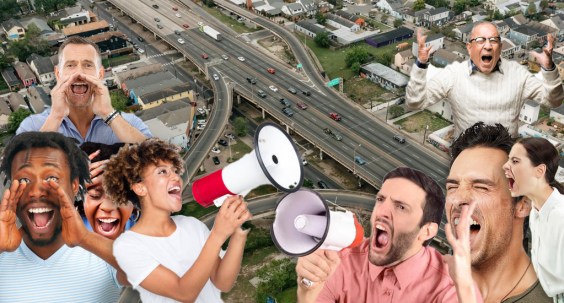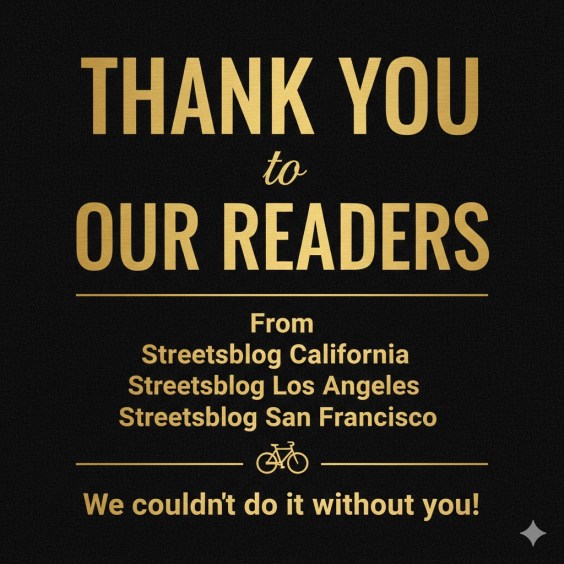
Dramatically expanding transit and active transportation over the next few decades could reduce carbon emissions from urban transport 40 percent more than following a car-centric trajectory. And it could also save the world economy $100 trillion.
That's according to a new report presented recently to the United Nations by researchers at UC Davis and the Institute for Transportation and Development Policy [PDF]. The team modeled the cost and greenhouse gas impacts of two scenarios for the future of world transportation up to the year 2050.
The baseline scenario assumes a business-as-usual approach to transportation. Following this path, transit systems across the globe would grow modestly over the next few decades, while driving would grow considerably, especially in developing nations.
Urban transportation produced about 2.3 gigatons of carbon dioxide in 2010, or about a quarter of total transportation emissions. This is expected to double under a business-as-usual approach by 2050.
Following a different path -- which the authors call the "high shift" scenario -- by 2050, countries around the world develop high-quality transit systems and bikeable, walkable street networks on par with today's leading cities.
In the "high shift" future of 2050, most countries will have doubled or tripled their total rapid transit capacity. The authors modeled a dramatic increase in urban rail systems and even bigger growth in bus rapid transit systems. In the model, most major cities in the world would have BRT systems as extensive as Bogota's TransMilenio.
This scenario also assumes more compact walkable development and increases in cycling -- particularly e-bikes in developing nations. "Most cities could achieve something approaching average European cycling levels," according to the authors, but still below global leaders like the Netherlands. The "high-shift" scenario also projects the effect of widespread road pricing or other financial incentives that favor sustainable modes. As a result, urban vehicle traffic would only reach half the level projected in the business-as-usual scenario.
Authors Michael Replogle and Lewis M. Fulton evaluated the environmental, social, and economic outcomes of both approaches. They found that the baseline scenario would impose about $500 trillion in direct costs, including both public and private spending on infrastructure, vehicles, operations, and fuel. The "high shift" scenario would cost $100 trillion less than that. To economize on construction costs, the "high-shift" scenario relies heavily on bus rapid transit, which researchers estimate building at about $4.5 million to $9 million per mile. In addition, the cost of constructing transit systems is dwarfed by the expense involved with building and maintaining roads and parking, the authors note. "This is because vastly more kilometers of roads (and square kilometers of parking) are built than are any type of transit system."
"This suggests one of the more affordable ways to cut global warming pollution is to design cities to give people clean options for using public transportation, walking and cycling," Replogle and Fulton write.
The business-as-usual approach would also produce about 40 percent more emissions, or spew an additional 1.7 gigatons of carbon pollution into the atmosphere.

However, because the world population will be increasingly urban in 2050 and thus have greater exposure to air pollution, air pollution-related mortality is expected to nearly triple in either scenario. Additional vehicle and fuel standards are needed to save 1.36 million lives, Replogle and Fulton found.
Another finding was that a future with significantly more sustainable transportation would be more equitable as well. Researchers concluded that the "high-shift" scenario would disproportionately benefit lower-income individuals, while business-as-usual would disproportionately benefit the rich. An approach with greater transit options would also help reduce inequality of mobility when comparing nations, they concluded. Currently, people living in wealthy countries -- like the U.S. -- travel much more than those living in poorer regions in Africa and parts of Asia. But the "high shift scenario" would all but eliminate that disparity.





